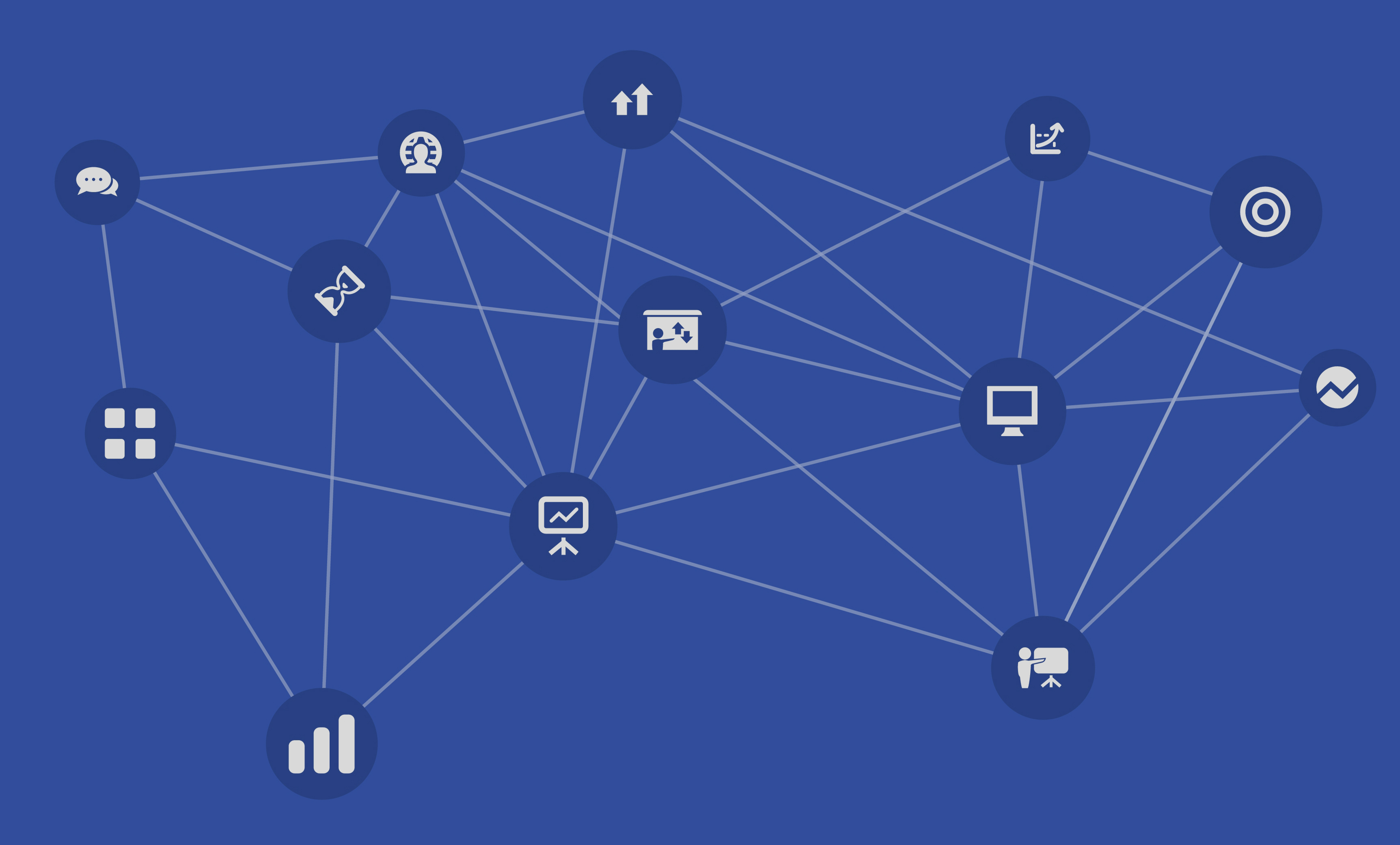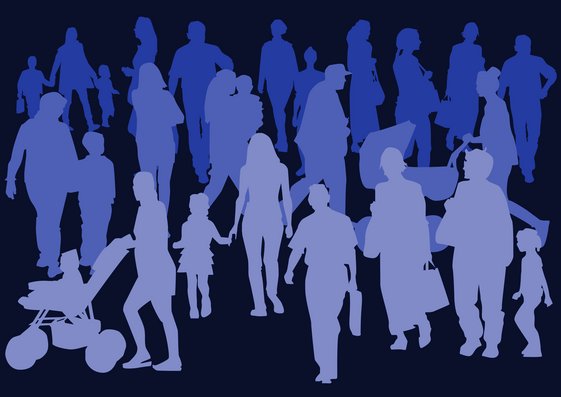It's relational: Racial attitudes in Swedish welfare institutions
Racial bias of staff at welfare institutions can result in negative outcomes for minority clients. Staff are not only professionals, but also individuals with personal beliefs and values. While the overriding organisational culture may be to give equal services to all clients, the attitude of staff and other work pressures might influence their approach with particularly migrant clients. Recent research recommends combining organisational theory and theory on racial attitudes to illuminate the issue e.g. that increased workload and stress can cause welfare professionals to fall back on perceived stereotypes of clients.

A need to bridge two fields: organisational theory and theory on racial attitudes
Previous research shows that stereotypes about migrants may influence the welfare services that are provided to them. It is therefore important to consider in what ways welfare institutions possibly contribute to exclusionary processes that affect migrants negatively. Viewing welfare organisations not only as neutral bureaucratic structures but also as structural entities that produce, shape and interact with individual biases helps to unfold mechanisms of inequality by scrutinising how personal and organisational factors interplay. One way to do this is to combine organisational theory and theories on racial attitudes. These two theoretical strands are often treated separately, but recent scholarship has started to draw attention to the need to tie them together in order to better understand the social order to inequalities. This is particularly important in the context of western countries which are being increasingly marked by more diverse societies, such as Sweden.
A brief history of migration in Sweden
Sweden has long been described as a universal welfare state and as the forerunner for equality and equal access to social benefits for the entire population, including migrants. Migrants with the right to reside in Sweden are integrated into the larger welfare system and access Swedish welfare institutions as service seekers. Migrants constitute a significant portion of the Swedish population. At the end of 2018, 24.9% of the Swedish population had a foreign background, and a considerable portion of this immigrant population is relatively recent arrivals.
In Sweden, the period after the Second World War was not only characterised by the survivors of the war coming to Sweden, but also by an increase in organised labour immigration from other European countries. This was to fulfil labour-market demands at that time, which demonstrates the close link between migration and labour market processes in Sweden. Due to a slowdown in the Swedish economy in the 1960s, restrictions on labour migration were introduced and, from the 1970s onwards, immigration in Sweden changed from receiving mostly labour migrants to receiving refugees who came mostly from countries outside Europe. Overall, immigration from countries like Finland, Iran, Iraq, Poland, and Somalia have dominated in the past few decades, in addition to recently arrived refugees from Syria. In 2015, Sweden experienced a short period of a substantially higher inflow of migration due to an increase in the number of asylum seekers. This influx led to an intensified debate on migration in which migration was portrayed as a societal and political challenge. This resulted in tangible changes in migration policies. The outcomes were more restrictive laws and measures like closed borders, temporary resident permits, and limited opportunities for family reunification.

Migrants with the right to reside in Sweden are integrated into the larger welfare system and access Swedish welfare institutions as service seekers. Prejudice (occurring unintentionally) might be more likely to influence service provision when professionals have a higher workload. Photo: colourbox.dk.
Professionals in welfare institutions
Professionals working in welfare institutions are in a powerful position since they are responsible for allocating resources to clients and making decisions on welfare programme placements. As organisational actors, they are socialised into organisational norms and practices. Their professional identity and attitudes are not only shaped by society at large but also through the organisation. In that way, they are both professionals and individuals with personal beliefs and values. Swedish welfare institutions are supposed to give equal services to all clients. Yet, welfare professionals’ attitudes might, despite organisational norms advocating for equality, influence their work with migrant clients. To illustrate the functioning of personal beliefs, one can imagine professionals’ personal attitudes as a backpack they carry to work. This backpack is not left outside the office in the morning, but stays with the professional throughout the working day and therefore can also influence their professional decision-making. Empirical research about Swedish welfare institutions shows that clients being perceived as stereotypically ‘Swedish’ have a higher likelihood of being recommended for labour market programmes, indicating that racial biases of welfare professionals can result in negative outcomes for minority clients.
Organisational processes shape attitudes too
 Attitudes are not only shaped by societal or macro processes but also organisational conditions and especially by organisational constraints. Organisational forms and practices play a role in the production of values, but attention should also be paid to the intersection of racial biases and organisational constraints, like for example workload. A new line of research attempting to capture these intersections suggests, based on experimental evidence in the Danish context, that prejudice (defined as occurring unintentionally) might be more likely to influence service provision when professionals have a higher workload. This implies that organisational conditions are important ‘amplifiers’ or ‘reducers’ of existing biases that may influence welfare outcomes. The effect of racial prejudice might therefore be subject to change based on organisational conditions.
Attitudes are not only shaped by societal or macro processes but also organisational conditions and especially by organisational constraints. Organisational forms and practices play a role in the production of values, but attention should also be paid to the intersection of racial biases and organisational constraints, like for example workload. A new line of research attempting to capture these intersections suggests, based on experimental evidence in the Danish context, that prejudice (defined as occurring unintentionally) might be more likely to influence service provision when professionals have a higher workload. This implies that organisational conditions are important ‘amplifiers’ or ‘reducers’ of existing biases that may influence welfare outcomes. The effect of racial prejudice might therefore be subject to change based on organisational conditions.
This line of research makes use of psychological reasoning when referring to the mechanisms linked to organisational conditions, which can be seen as coping mechanisms. Here, stereotypes are used to cope with limited time available to deal with complex client demands. A sociological perspective, however, would overlook the conditionality of the effects of racial biases on organisational conditions when scrutinising unequal treatment of migrant clients. Hereby, symbolic boundaries come into play that one can find in society at large and where professionals simply rely on ‘learned’ social categories in order to make sense of their work with migrant clients. Both ways of scrutinising inequalities in organisations need to be considered.
The organisation-prejudice nexus
Neither solely organisational conditions nor personal attitudes shape the practical work with migrants in welfare institutions; it is the synthesised empirical knowledge across these two scholarly fields, and the combination of the different theoretical approaches that allows us to expand a more accurate understanding of a professional’s interactions in response to institutional imperatives. The interrelation between the micro, meso and macro level are crucial for understanding the dual dynamic between organisational and personal factors. The individual level is relational where stereotypes and prejudice express themselves through interactions. The process by which racial categories are created is in turn related to, first, the larger societal level and ‘learned’ social categories and, second, the organisational level where categories are shaped, inhabited and transformed through organisational processes. These organisational processes are marked by their own cultural rules and its own ordered reality with the power to shape social life. Therefore, seeing racial bias as being shaped by welfare institutions also gives a better understanding of the formation and everyday functioning of these organisations. Paying more attention to the organisational meso-level allows the various mechanisms leading to the (re)production of inequality to be further revealed.
Welfare institutions and migration - thinking forward
The organisational context is a vital component in understanding attitude formation among professionals and this is valid beyond the welfare institutional context. The actions of professionals in organisations can be shaped by their attitudes. By intersecting organisational factors with personal ones (e.g. attitudes), we can learn more about how attitudes play out in certain contexts and under certain organisational conditions. Future research should focus on theory building that pays attention to the intersection of individual and organisational factors.
Further reading:
- Carolin Schütze, 2019. ‘Attitudes matter: Perceptions towards welfare work with migrants in Swedish welfare organisations.’ Doctoral Thesis, Lund University (2019).
- S.C Andersen and T.S. Guul, 'Reducing Minority Discrimination at the Front Line—Combined Survey and Field Experimental Evidence.' Journal of Public Administration Research and Theory, 29, 3 (2019), pp. 429–444.
- Victor Ray, 'A Theory of Racialized Organizations.' American Sociological Review 84, 1 (2019), pp. 26-53.